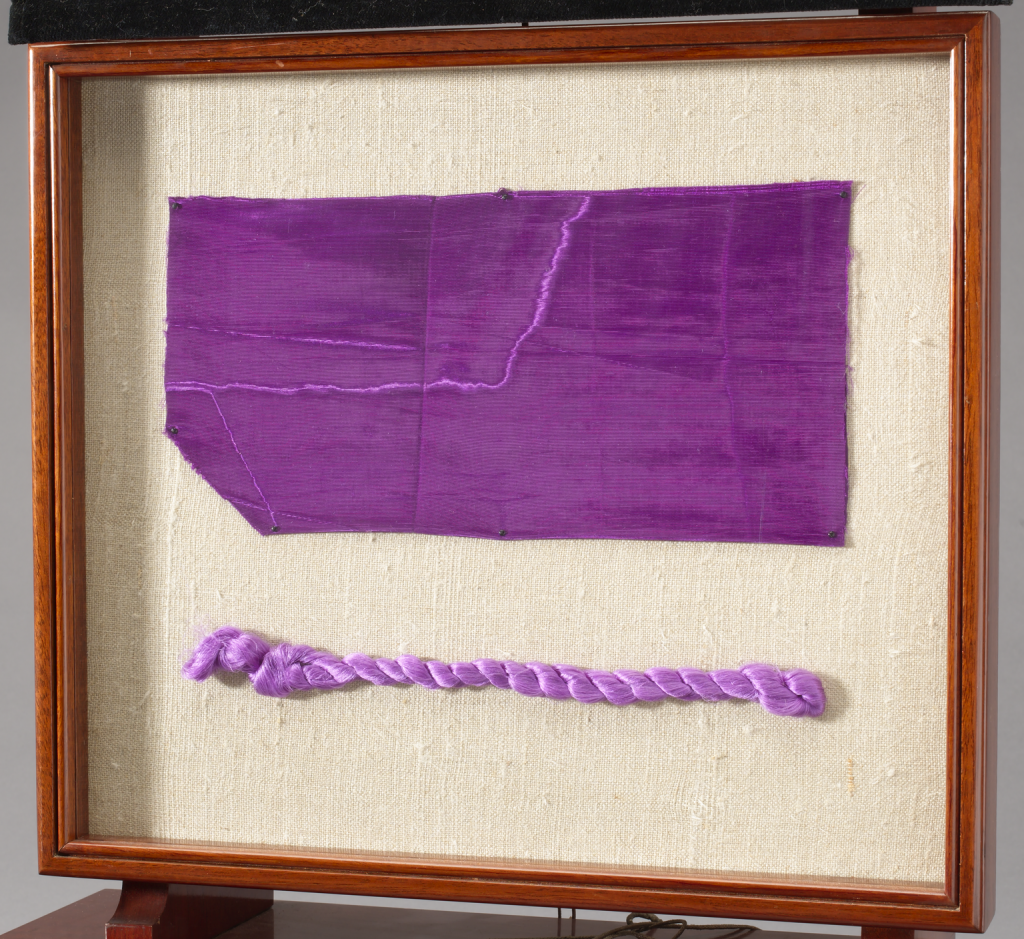
They would use henna to camouflage gray hair (yes, the preoccupation with grays dates way back). "Plants like indigo and turmeric were also the main ingredients in dyes," says hair artist Gina Rivera. In certain individuals, the use of hair coloring can result in allergic reactions and/or skin irritation. Individuals allergic to gluten for example, will need to be cautious when purchasing hair color since certain hair dye includes gluten. Skin contact with gluten may cause a reaction; therefore, leading to an allergy.
Scientists Develop the First Significant Advance in Hair Dye in 50 Years - WIRED
Scientists Develop the First Significant Advance in Hair Dye in 50 Years.
Posted: Fri, 19 Oct 2007 07:00:00 GMT [source]
Permanent synthetic dyes
Additionally, hair dyeing can be used to restore the natural color of hair that has been damaged by chemical treatments or environmental factors. The founder of L'Oreal, French chemist Eugene Schueller, invented the first synthetic hair dye in 1907. Regrettably, questions remain regarding the safety of modern hair dye formulas. PPD, resorcinol, metallic salts, and ammonia are just a few of the harmful ingredients that many brands still use. The first commercial hair dye, Aureole, was created in 1907 by Eugene Schueller using PPD as its foundation.
Hair coloring
Red hair dye is often used to add a pop of color to the hair or to achieve a natural-looking shade of red. A German student who was experimenting with coal tar in 1859 discovered that, after diluting it, he had also produced purple dye, which led to the development of synthetic dye for clothing and hair. Pink hair dye has become particularly popular in recent years, with people using it to add a pop of color to their locks or to make a bold fashion statement.
When Was Hair Dye Invented? History of Hair Dye

Perkin, who was interested in painting, was immediately interested in commercializing this new pinkish-purple colorant. Hair dyeing has been an important part of beauty routines and self-expression around the world for quite some time. But for inquisitive minds like yours, “quite some time” isn’t sufficient.
The History of Hair Dye Colors
It’s been a long, winding road that began using natural dyes like henna and cassia (cinnamon). These were popularized in ancient Egypt as early as 1500 B.C., but they weren’t the only way to color your tresses back then. Other methods included mixing walnut shells with water and letting them sit for a week before washing out or using saffron mixed with honey or vinegar on your head for a unique red hue. By embracing chemical dyes and other modern advancements, they ushered in an age where fashion was not restricted by traditional restrictions but rather welcomed experimentation and individuality like never before. These novel products provided much more consistent results than natural dyes and could last for months without needing reapplication. Furthermore, ammonia was added to some formulas in order to lighten dark hues like black or brown.

In an attempt to generate a cure for malaria, Perkin created the first synthetic organic dye in 1863, made from aniline. It was revolutionary, as natural dyes just didn’t have the staying power and vivid colours of the dye that Perkin created. Fashion and trendsetting have played a significant role in the popularity of hair dyeing. In the 19th century, the invention of synthetic hair dyes revolutionized the hair care industry, allowing people to experiment with a wide range of vibrant colors.
Hair Dye History Timeline
Some of these ingredients have been linked to serious health risks, like cancer and endocrine disruption. The trend continued well into the 1980s and 1990s, and these decades were defined by head-turning shades and coloring techniques like frosted tips and highlights. This revolutionary product allowed men and women to safely color their hair from the privacy of their own homes. From temporary rinses to permanent dyes, there is a product for every budget and preference.
When Was Hair Dye Invented? The Colorful History Unveiled for Tresses (
Hairdressers are not applying pigments (at least not in the case of permanent hair dye); they are applying a mixture of chemicals to initiate dye formation. The individual dye molecules have to be linked together before they emit color, so dyes have to sit on the head for 30 minutes to allow this reaction to occur. In the early 20th century, however, the first commercial hair dye was created by a French chemist named Eugene Schueller. For Muslims, if a man is not of advanced age, there is no harm in his using black dye.
By the time of the ancient Egyptians, Greeks and Romans, plant and animal matter were being used on a regular basis to color hair. The very first mixtures could only darken the hair, but methods were found to bleach hair blond, often by exposing the painted hair to sunlight for hours. Throughout history, various means have been used to produce a full spectrum of hair dye colors. In the 1950s, much advertising around hair colour still centred on discretion, but a new openness about beauty was coming, prompting ownership of the idea of colouring your hair.
And by the 1970s, public sentiments toward dyeing your hair began to change. Slogans like L’Oréal’s “Because you’re worth it” encouraged acceptance of openly using hair color products. Given how accomplished the Egyptians were as a civilization, it shouldn’t really surprise us that they, too, dabbled in hair dye, which is where the color process originated from.
Hair dye is a cosmetic product used to change the color of hair; It Created The first hair dyes from henna, indigo, and saffron. Ancient Egyptians were the first to use henna on their heads or beards for color purposes. Later, men used soot and walnut shell powder on their heads and face in ancient Rome for cosmetic reasons. Today…From natural-looking colour and soft balayages to in-your-face vibrant rainbow tresses, it’s clear that hair colour is a staple in today’s beauty industry.
No comments:
Post a Comment